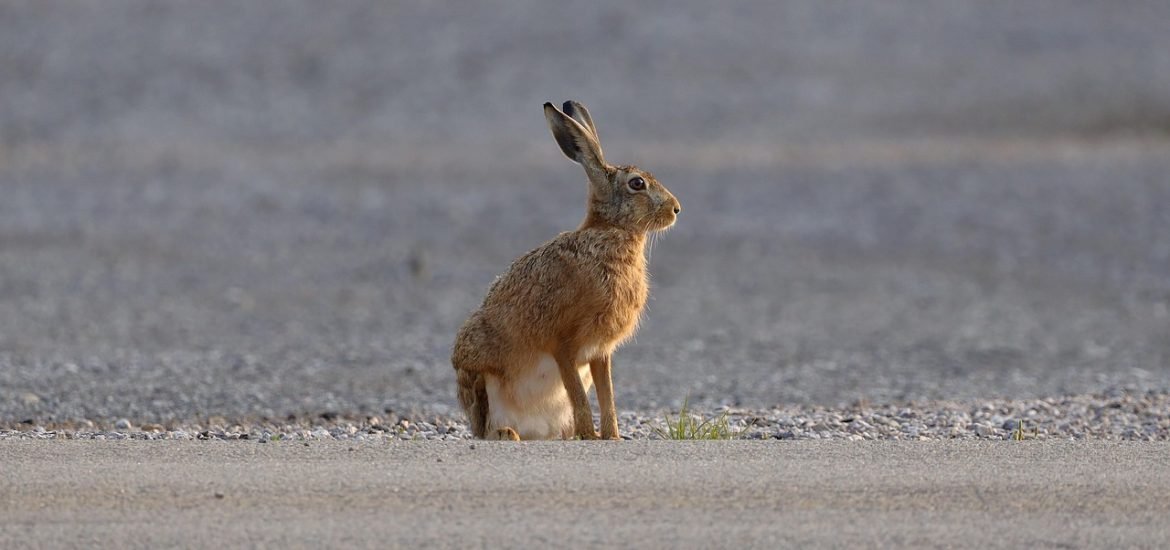
As farmland populations decline, European hares are finding ways to survive in Danish cities, according to a study published in Urban Science. The authors say this is thanks to biodiversity-friendly urban planning and innovative monitoring tools.
A team from Aalborg University in Denmark has found that European hares (Lepus europaeus) are not just surviving but thriving in urban environments. By relying on citizen science combined with thermal imaging technology, the authors have documented unexpectedly high numbers of hares in two of Denmark’s largest cities, raising new questions about the role of cities in European wildlife conservation.
“We were surprised to find such high numbers of hares right in the middle of the city. In several areas, the population density rivals or even exceeds that of the best rural habitats in Europe,” said senior researcher Sussie Pagh from the Department of Chemistry and Bioscience at Aalborg University.
Across Europe, the population of European hares has dropped due to intensive agriculture and habitat fragmentation. However, cities may be offering new habitats for these animals, especially when urban planning focuses on biodiversity.
“In both cities, local authorities are actively working to reduce pesticide use and promote urban biodiversity. This allows wild herbs and plants to flourish in green areas—plants that hares rely on for food,” says Pagh. “We believe this could be part of the explanation for the high densities, and we’ve now launched a student project to investigate which wild plants are actually growing in urban lawns and used by the hares.”
The authors used nearly 1,900 hare observations submitted by the general public in Aalborg and Aarhus. They also targeted certain areas using a handheld thermal spotter, which detects animals based on their body heat without disruptive lighting. Citizen observations are good for identifying hotspots, but people tend to overestimate actual population size. Combining this information with thermal measurements allows the team to map where hares live, breed, and move throughout the cityscape.
“The thermal spotter was key to understanding the actual density of hares in the areas reported by the public. It allowed us to detect them quietly and effectively, even between buildings and cars,” explains co-author Hanne Lyngholm Larsen.
The results showed up to 40 hares per square kilometer in Aalborg and Aarhus, which is significantly higher than typical densities in surrounding farmland. This is similar to what is seen in other parts of Europe, where species like foxes, hedgehogs, and badgers are increasingly moving into cities. If urban areas become greener and more ecologically minded, the authors believe hares may become another flagship species for European urban biodiversity.
“If cities can offer better conditions than the countryside—more food and no hunting—they may act as source habitats for regional populations. That’s a shift in how we think about cities, from concrete jungles to key conservation areas,” concluded Cino Pertoldi, professor of conservation genetics at Aalborg University and Aalborg Zoo.
Pagh, S.; Jensen, L.L.; Pertoldi, C.; Larsen, H.L. Monitoring Urban European Hares (Lepus europaeus Pallas) with Citizen Science and a Thermal Spotter. Urban Sci. 2025, 9, 27. https://doi.org/10.3390/urbansci9020027